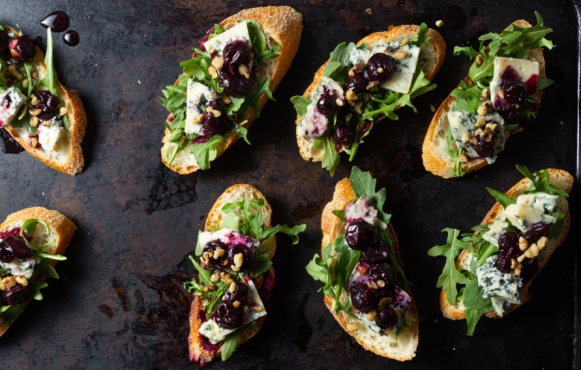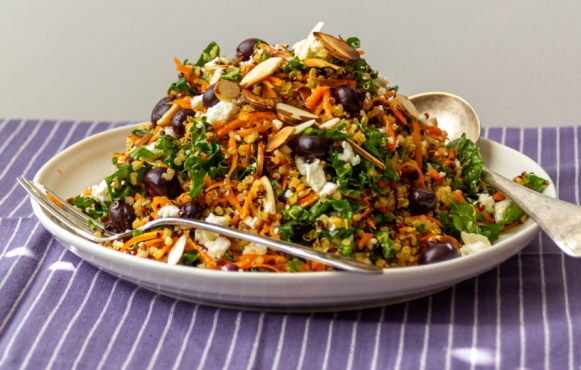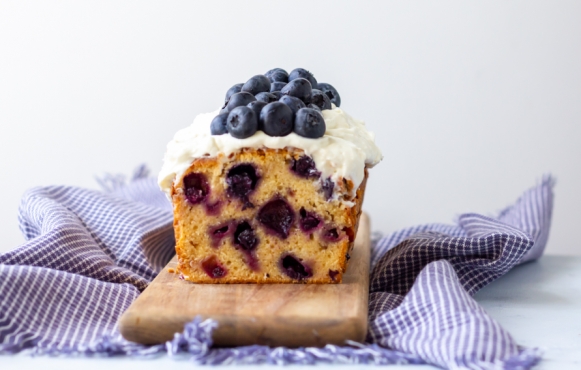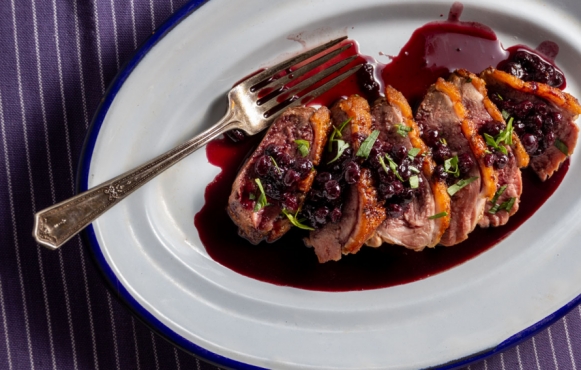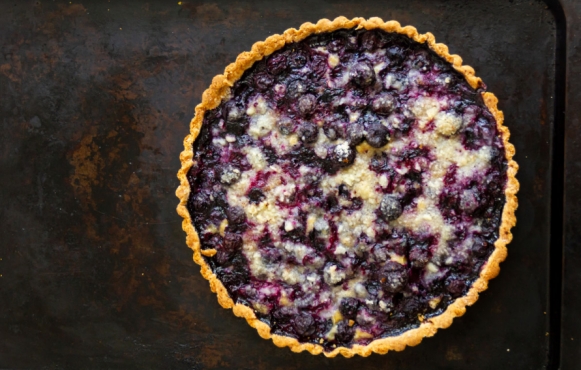Bountiful Blueberries
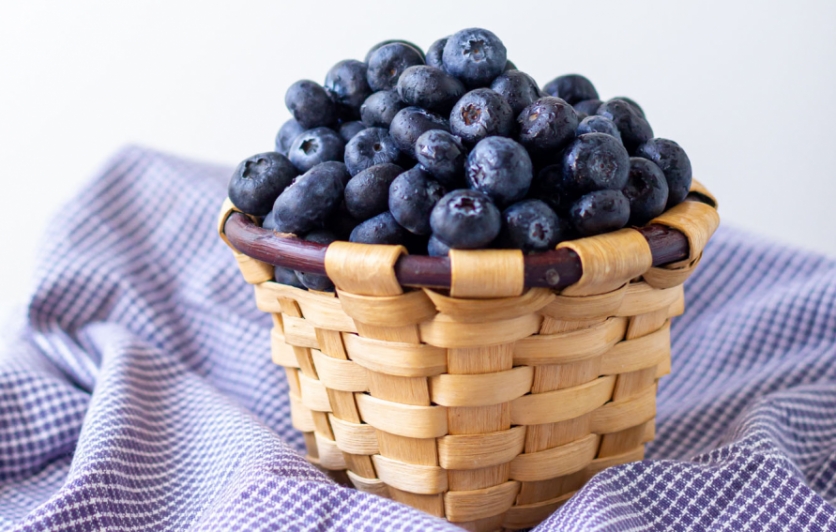
Sweet and savoury blueberry recipes to help you make the most of the season.
Canada is one of the largest highbush blueberry producers in the world, and 96 per cent of those berries are grown right here in our own dear province of British Columbia, where the typically hot days and cool nights of our summer season combine to give blueberries their sweet-tart taste.
According to the B.C. Blueberry Council, which represents B.C.’s more than 600 blueberry growers, the province harvests an av- erage of 150 million pounds of blueberries annually, helping to make Canada the third largest producer in the world behind the U.S. and Chile.
The plant itself is native to North America and while wild or lowbush varieties exist, they are more prominent in Eastern Canada. Several wild varieties do exist in B.C., such as the velvet-leaved blueberry, which grows as a lowbush and can be found around Burns Bog. Dwarf blueberry is another variety and, like many wild blueberries, was a traditional food of the Coastal First Nations who often managed its harvest by controlled burning of sections of land to stimulate growth. The cultivated or highbush varieties, which are hybrids of wild plants, were first planted in North America in the early 20th century.
Various studies have linked blueberries to health benefits, including increased heart health, reduced growth of some cancers, increased insulin response and benefits to brain health and memory loss. Rich in antioxidative anthocyanins, the pigment responsible for the blue colour, the blueberry is also high in vitamin C with a half-cup serving providing 10 per cent of the recommended daily dose. Naturally sweet without being high in calories, they are also an excellent source of dietary fibre.
But we like them because of how they taste. Although frozen locally grown blueberries are accessible year-round, something changes when July comes along and we can drop in at a grower to pick our own or can buy a pint basket from the farmers’ market. We’ve all had that experience of making it home with blue-stained hands and only half of our haul left because we were unable to overcome the desire to pop the raw, plump and juicy beauties straight into our mouths. For the berries that do make it home, we often rely on the comforting and tried-and- tested recipes for muffins, cakes, pies, jams or smoothies. The blueberry is, however, a versatile ingredient just as suitable for savoury dishes as for sweet.
When cooking with blueberries, keep that natural bloom on the blueberries and wash them only before use. Blueberries can turn green during cooking, brought on by additions of alkaline substances such as baking powder. Besides the fact that lemon zest or juice tastes great with blueberries, the acid will help bring things back into balance. Making sure any dry ingredients are well mixed will also help. Don’t be afraid to experiment with flavours. Blueberries pair naturally with lemon, but bay leaf, thyme, lavender and even basil also bring out the best in this berry. And while the classics will always have a place in our hearts, here are some new ways to make the most of this bountiful gift.



